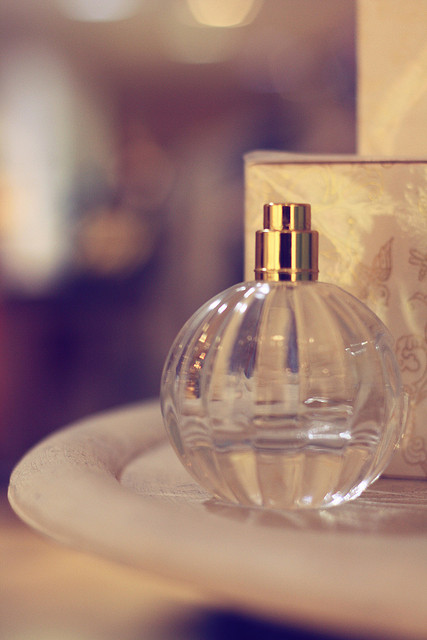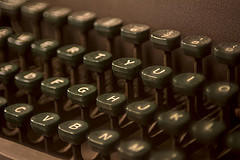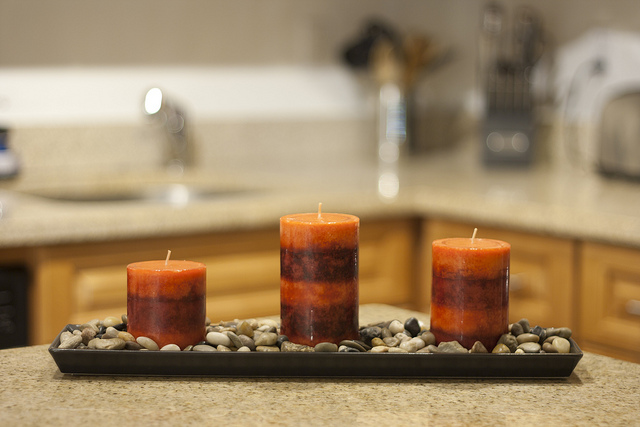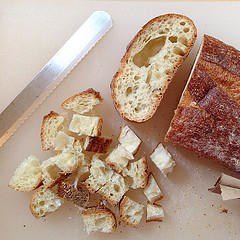It’s not uncommon to accumulate a whole lot of clutter in your bathroom. If you want to finally clean out your bathroom and make it a bit more functional, however, all it takes are a few simple tips to show you how. Here are some great ways to keep your bathroom clean and clutter-free.
- Clean out the cabinets. Whether your bathroom has a standard medicine cabinet, an under-sink cabinet or both, it’s always smart to toss out your unused products and make room for the essentials. Clear everything out, wipe down the shelves and add storage bins where you need them.
- Update your towel storage. You may feel stuck with the one towel rack that you have, but you can always add a hanging towel rack over the door to create more hanging storage.
- Add a shower caddy. If your soaps and shampoos are taking over the shower ledges, keep them corralled with a shower caddy. Invest in one that hangs over the showerhead, or use a portable one that you can tote back and forth between showers.
- Add shelving. If all else fails, add your own shelving anywhere that you need it in the bathroom. Store products in baskets or bins to help keep the shelves neat and tidy.
Quick Tips for Organizing Bathrooms [HGTV]
10 Tips to organize your bathroom [She Knows]
Store More in Your Bath [Better Homes & Gardens]




 Equal Housing Opportunity
Equal Housing Opportunity